History of your levy investment
Examples of how your levy has been invested
DairyNZ wants to make the levy the best investment of every New Zealand dairy farmer.
Since DairyNZ began, the milksolids levy has provided collective investment in independent science, research, advocacy and development of tools and resources that have helped the dairy sector to remain strong, resilient and internationally competitive. You can read more about DairyNZ’s current research here.
Below are a few of the key ways DairyNZ has progressed a positive future for the sector.
In December 2023, NZ Animal Evaluation introduced a conception-based fertility breeding value into the Breeding Worth (BW) index to give farmers improved data for breeding fertile replacement cows. Each December we update the economic value model used to calculate BW to better reflect current on-farm economic conditions, along with monthly Ranking of Active Sires (RAS) list to provide the most up to date information for breeding decisions.
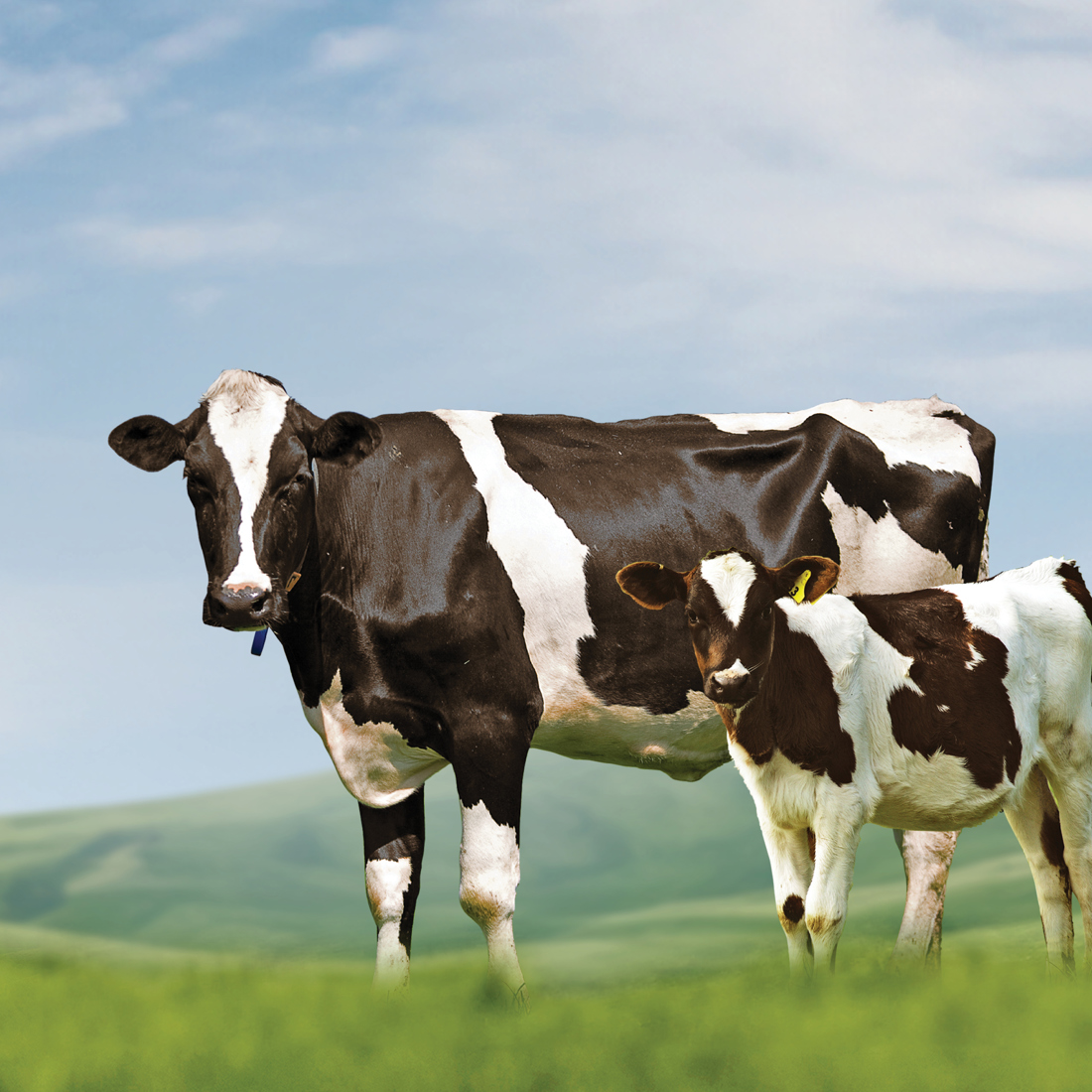
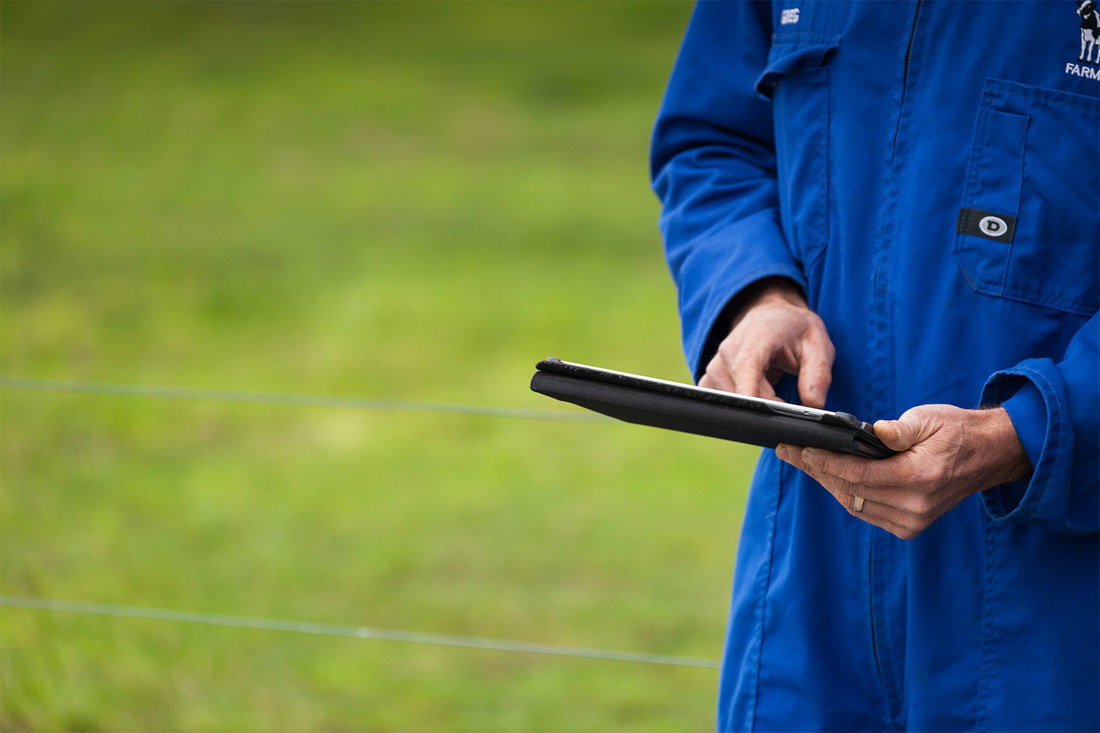
The Econ Tracker tool released in 2023 provides a snapshot of the dairy sector’s economic situation, complemented by historical patterns and future forecasting, including international market trends, to support farm profitability.
The tool helps dairy farmers benchmark their farm’s performance and review the outcomes of previous decisions. Farmers can use the tool’s forecast features to make decisions for present and future seasons.
DairyNZ and QCONZ surveyed 154 farms across New Zealand in their 2022-23 Workplace Productivity Study, examining how factors like different farm systems, farm size, and technologies influence annual hours worked, seasonal hours, and time spent on specific tasks.
This research combined with the 2023 DairyNZ technology survey has informed farmers on where they can focus their efforts for improved efficiency by highlighting exisiting approaches such as milking routine, technology, milking frequency, lean management, team engagement, and communication.
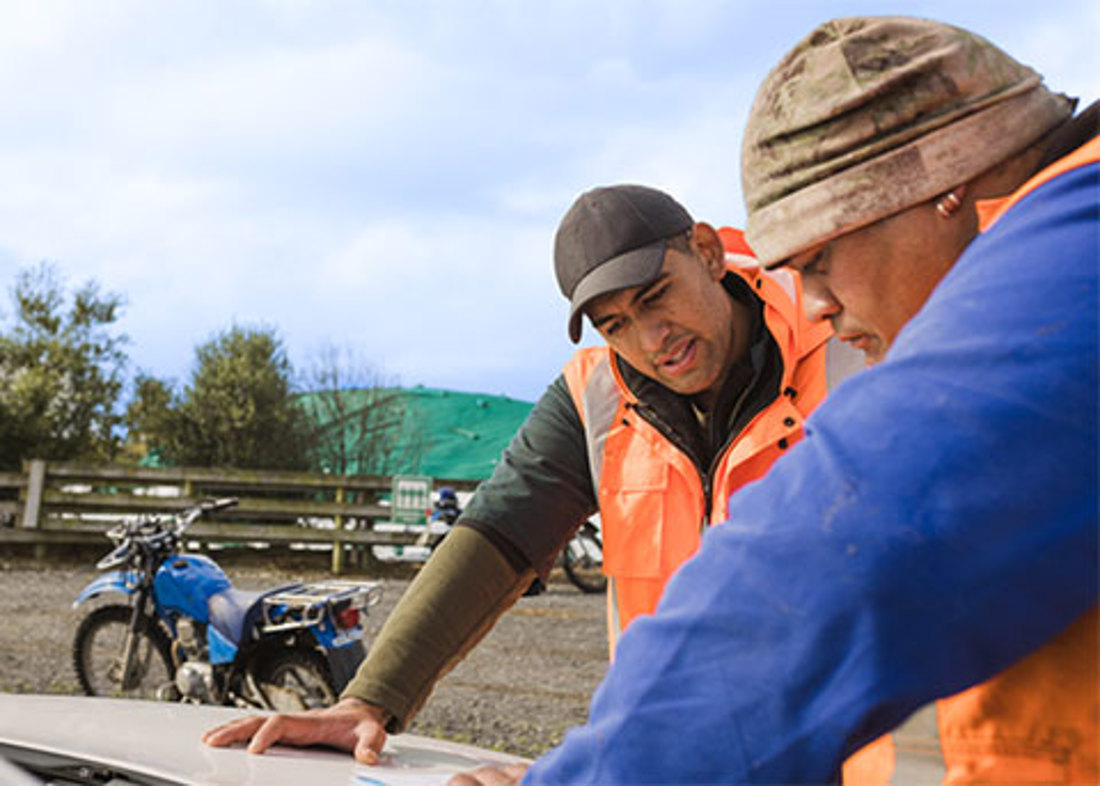
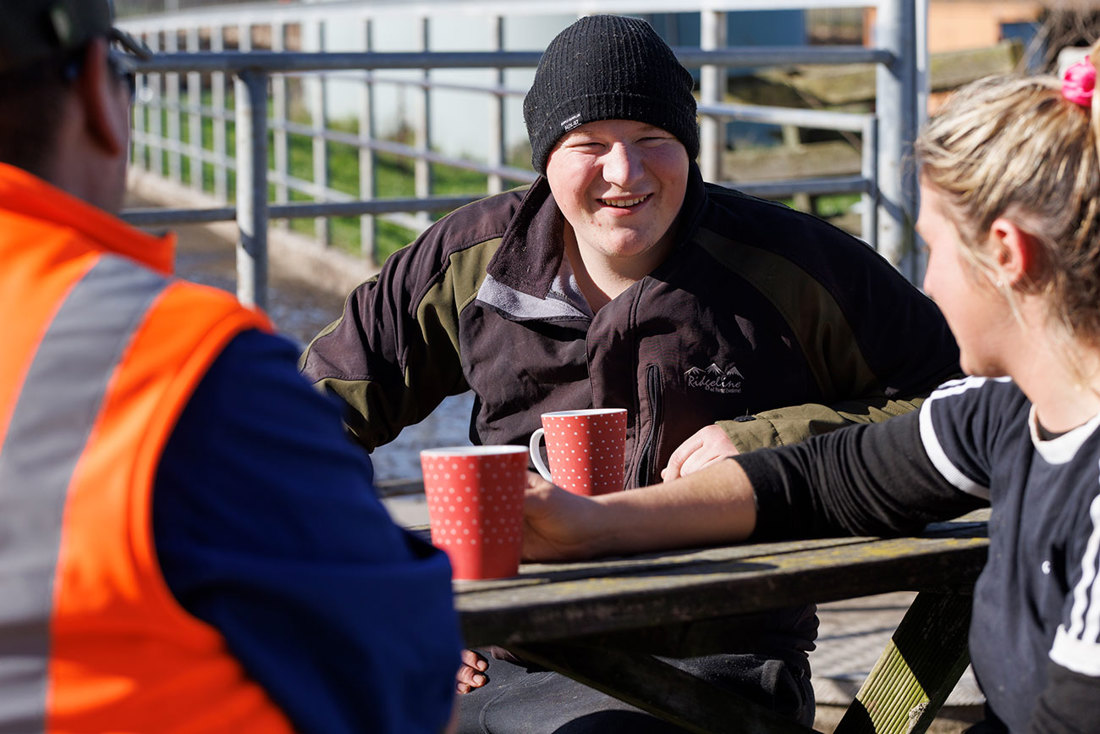
The Great Futures in Dairying Plan, was a 10-year plan developed in 2022 with input from a wide range of farmers and sector stakeholders which identified initiatives to improve workforce retention and to continue to build a sustainable and thriving dairy sector.
This work has contributed to several different projects, advocacy work and creation of resources.
This research worked closely with farmers and ACC to co-design equipment to reduce sprain and strain injuries on-farm.
The project highlighted the impact these injuries can have on farmers and workplace productivity. The research helped to raise awareness of common sprain and strain injuries and created innovative solutions to reduce them, such as the Easy-Access Calf Trailer Gate.
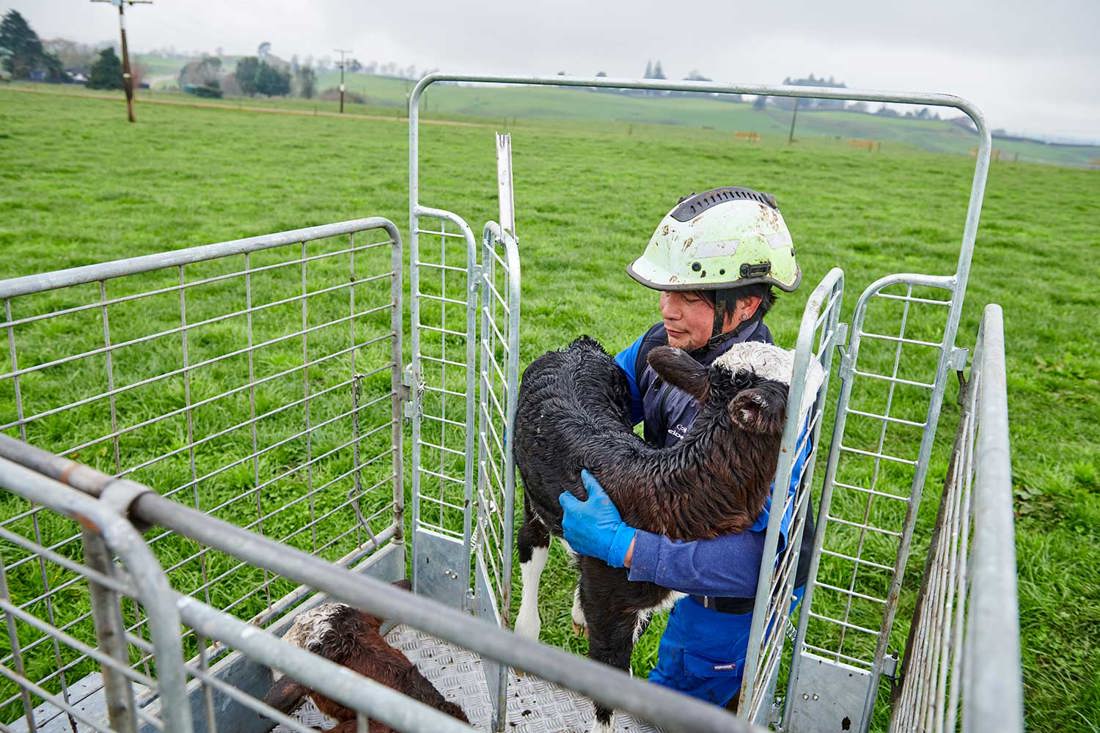
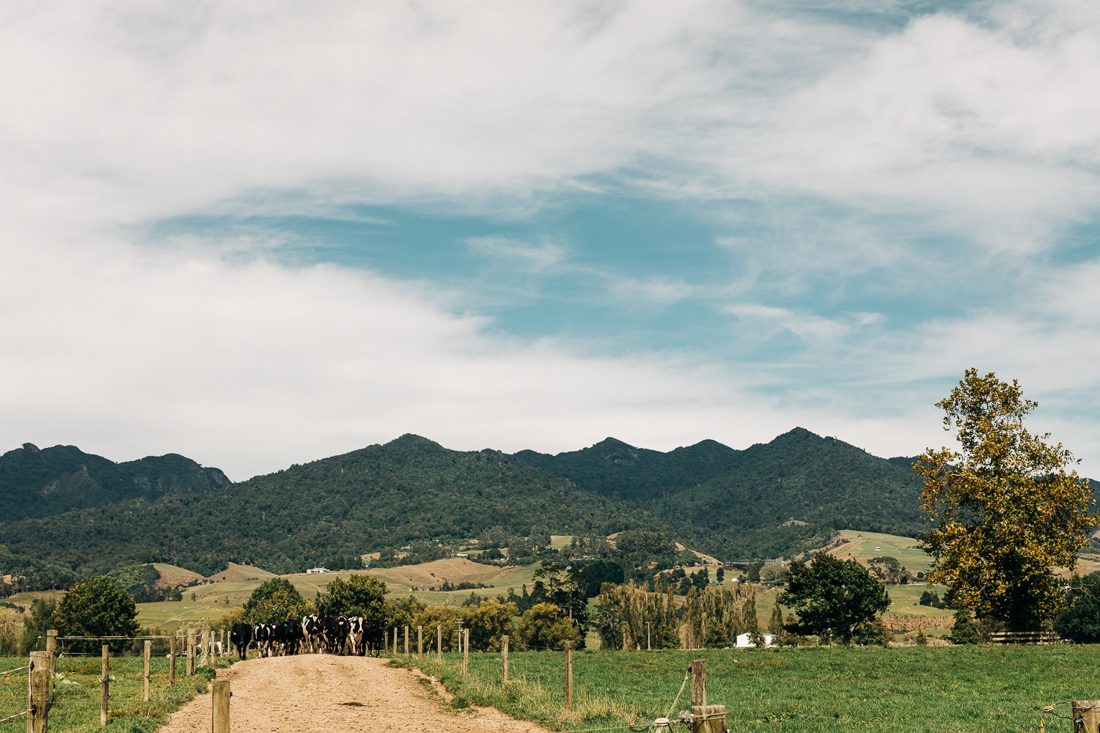
He Waka Eke Noa (HWEN), or the Climate Action Partnership between Government, industry and Iwi started in 2020 due to the Government’s desire to put agricultural emissions into the Emission Trading Scheme (ETS) by 2025. The HWEN partners developed and agreed on a split-gas, levy-based system that incentivised reductions and this was delivered to the Government in May 2023 . While the proposal was not accepted by the Government, the principles of the work were not lost, with many of the recommendations being used by the current Government in its changes to agricultural emissions policy.
A farm systems experiment studied the impact of flexible milking at different lactation stages and a subsequent component study tested the effect of different flexible milking times.
Interviews and case studies with farmers influenced the design of these studies. By combining research with farmer knowledge, the study highlighted the benefits and trade-offs of flexible milking for profitability, staff wellbeing, and cow health. This research also led to the creation of online resources and tools to help farmers successfully implement flexible milking.
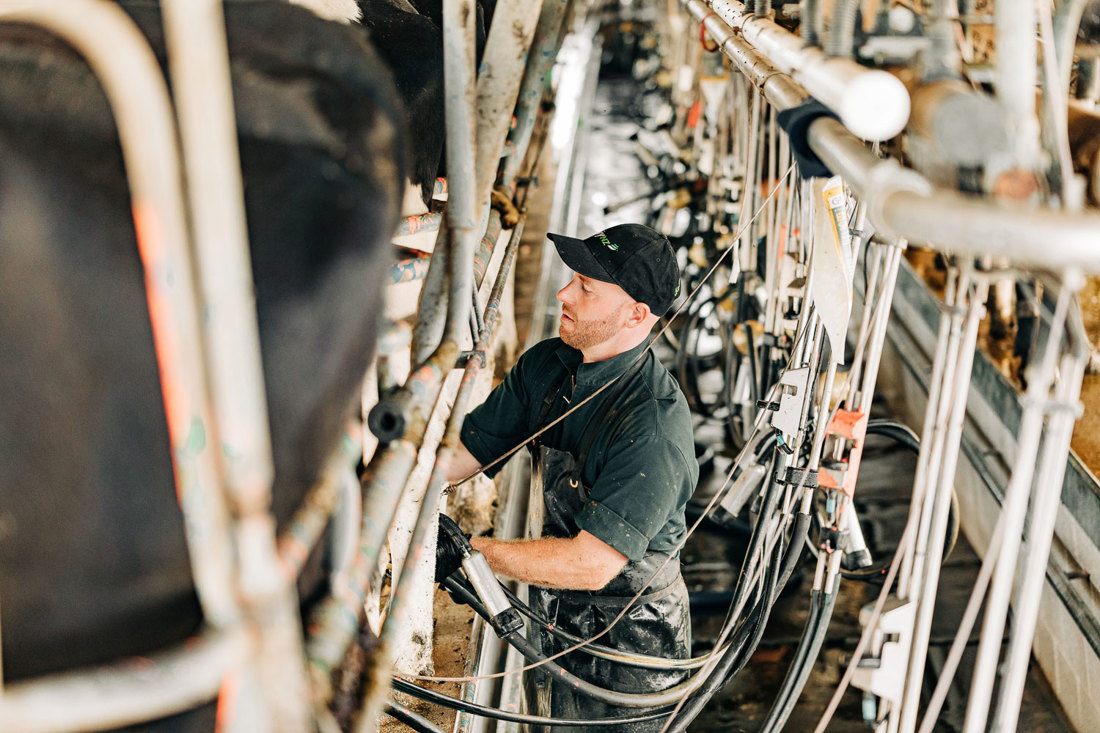
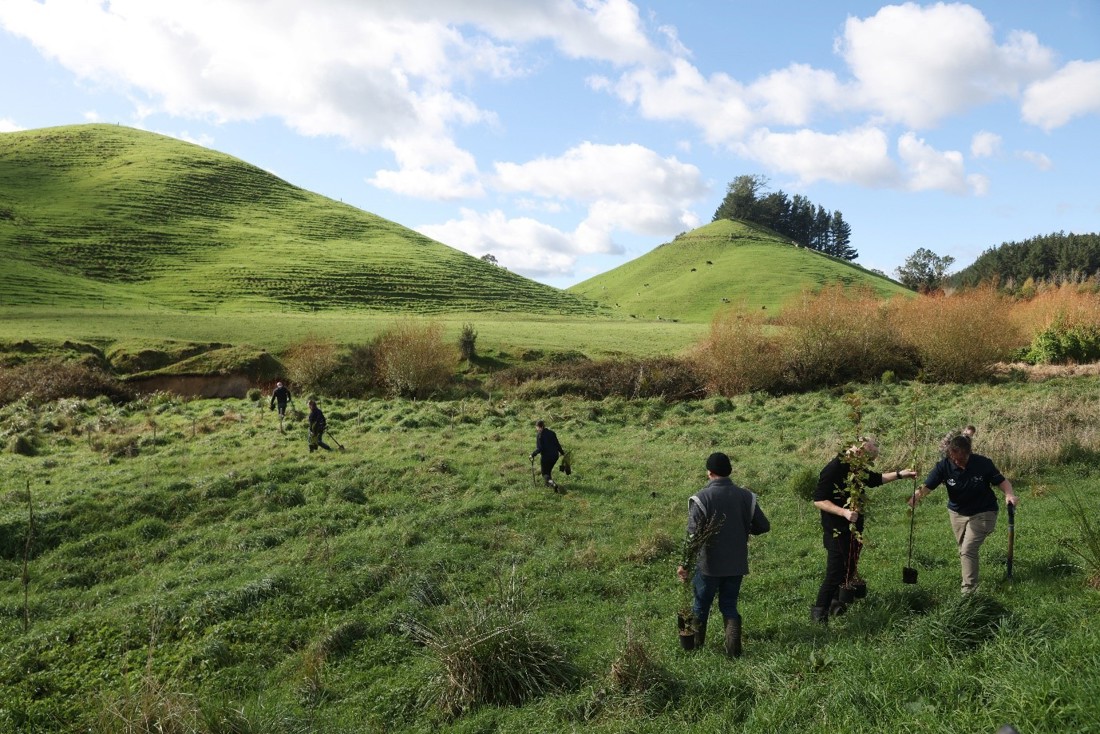
Our Sustainable Catchments programme involves supporting farmers and communities to improve waterway health while maintaining profitable & resilient businesses.
Read about the successes of current catchment groups:
We have worked with and supported farmers through advocacy, research, tools and resources to meet good wintering practice since 2017. Our wintering survey at the end of 2024 showed:
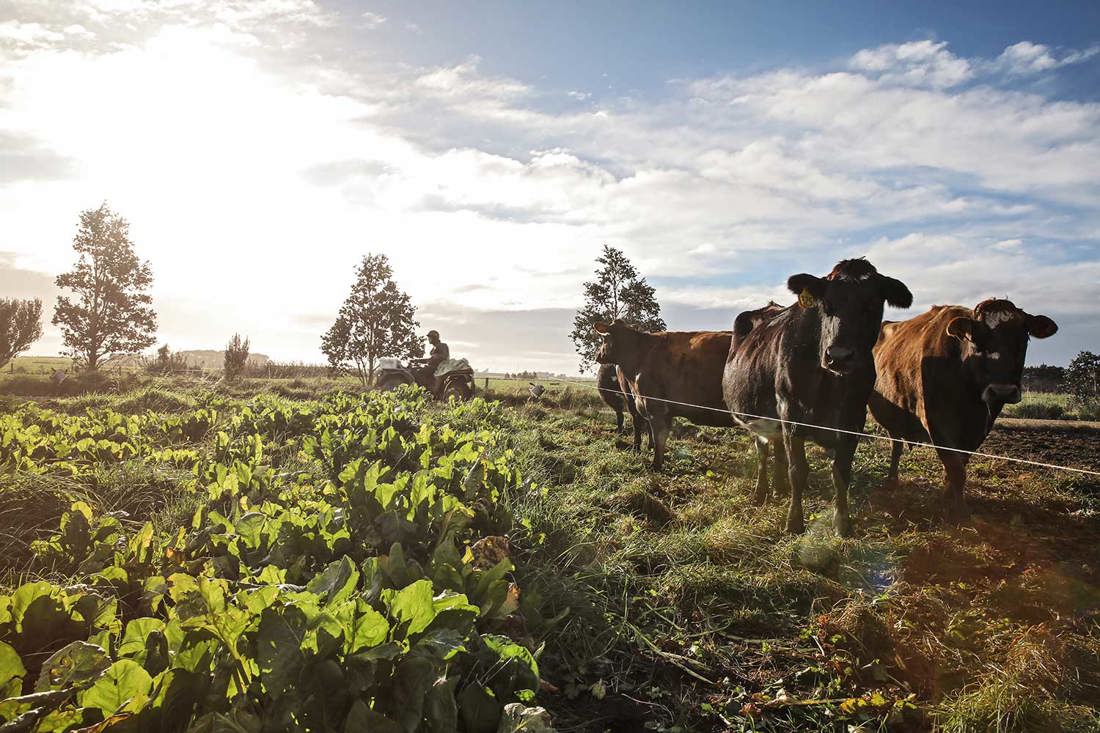
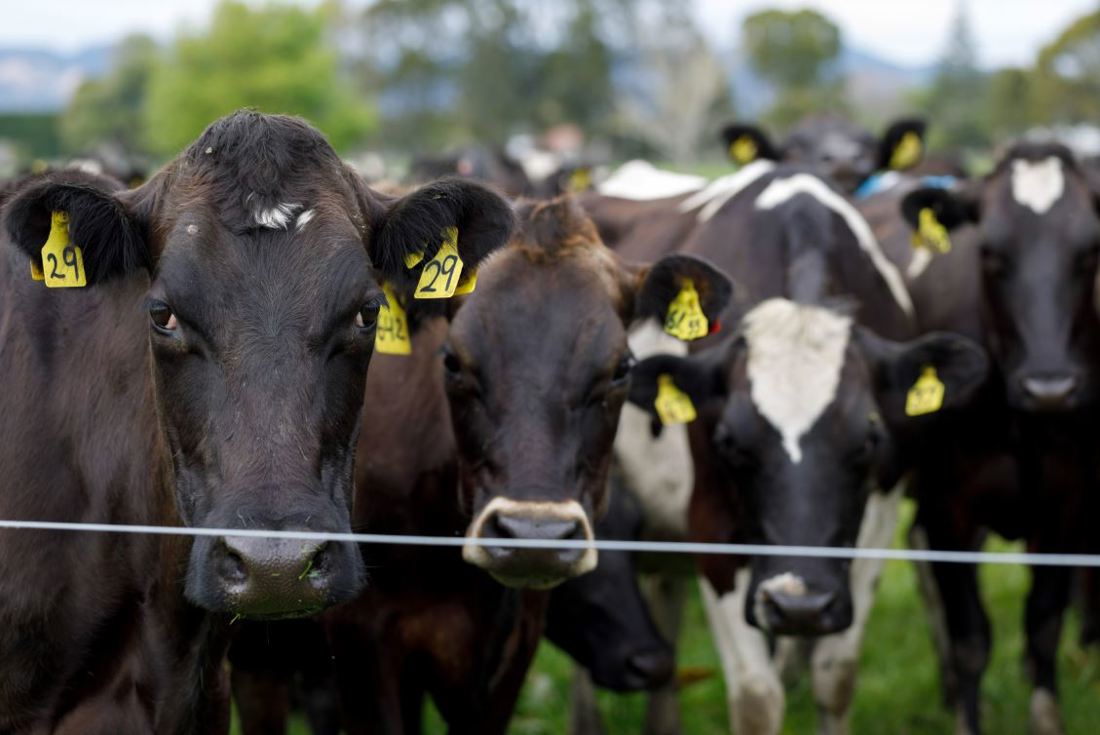
Pillars of a New Dairy System was an eight-year, DairyNZ-led research programme that developed new ways to improve cow health, fertility, and longevity. The programme demonstrated how better fertility genetics improves herd reproduction and identified new candidate traits to accelerate genetic improvement, such as age at puberty.
These findings have been used by NZ Animal Evaluation to support the improvement of their robustness traits, including the Fertility Breeding Value and Functional Survival Breeding Value.
The Labour Productivity through Efficient Milk Harvesting programme led to timesaving milking practices such as MaxT, ACR thresholds & adjusted rotary platform speed & herringbone routines.
Find out more about milking efficiency for rotary and milking efficiency for herringbone sheds
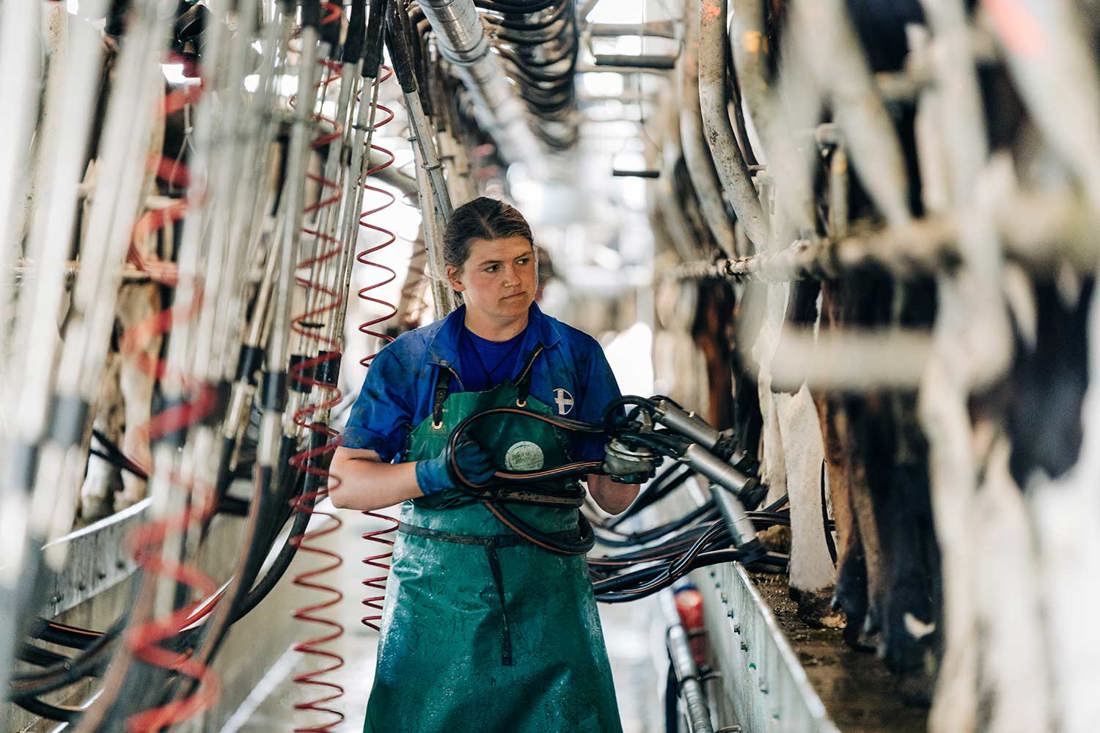

DairyBase was launched over 20 years ago and now over 2,000 farmers participate annually in DairyBase, gaining valuable insights into their business performance.
The data provided by farmers, accountants, consultants and academics provides credible data helping to inform regional and national policy and supports broader industry research and initiatives. Through DairyBase, farmers have access to comprehensive benchmarking tools and resources that help them make informed decisions, improve productivity, and enhance profitability.
DairyNZ is working together with other research organisations and commercial companies to develop viable and scalable options that reduce GHG emissions on New Zealand dairy farms.
To help the dairy sector reduce GHG by 10 per cent by 2030, we aim to have mitigation options that work on New Zealand farms ready to be tested on farms by 2028 and have adoptable solutions ready for farmers to use by 2030.
A New Zealand/Ireland joint research programme began in February 2024 aiming to better understand methane emissions from pasture-based farm systems.
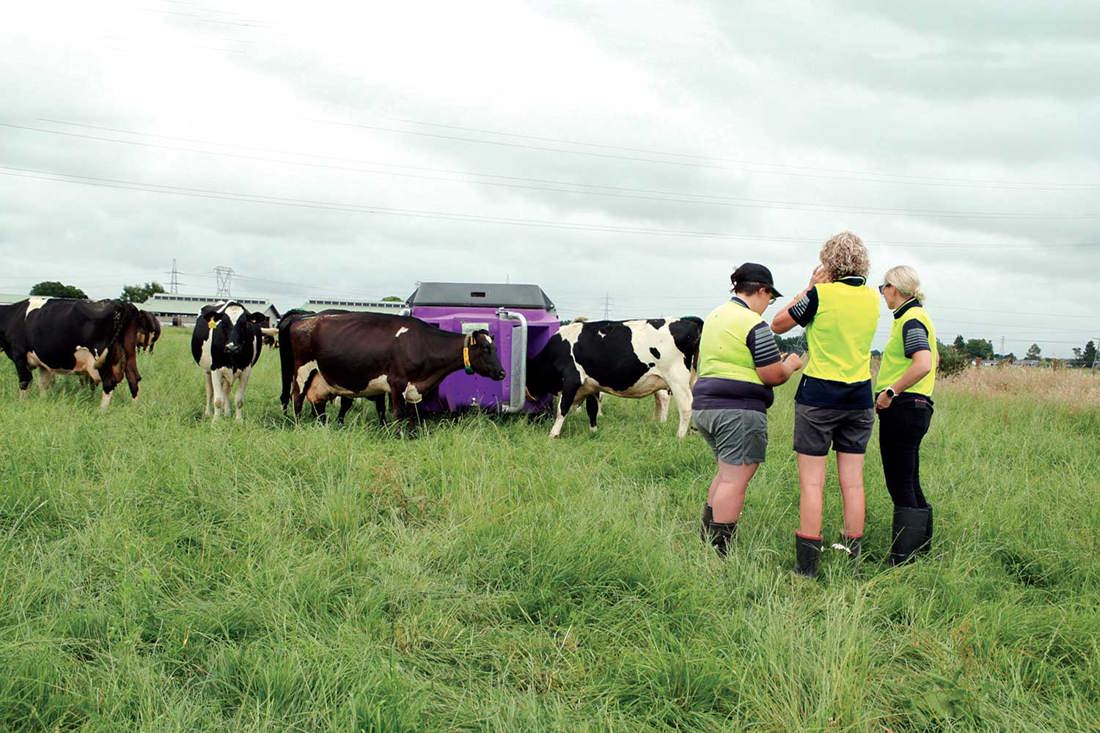
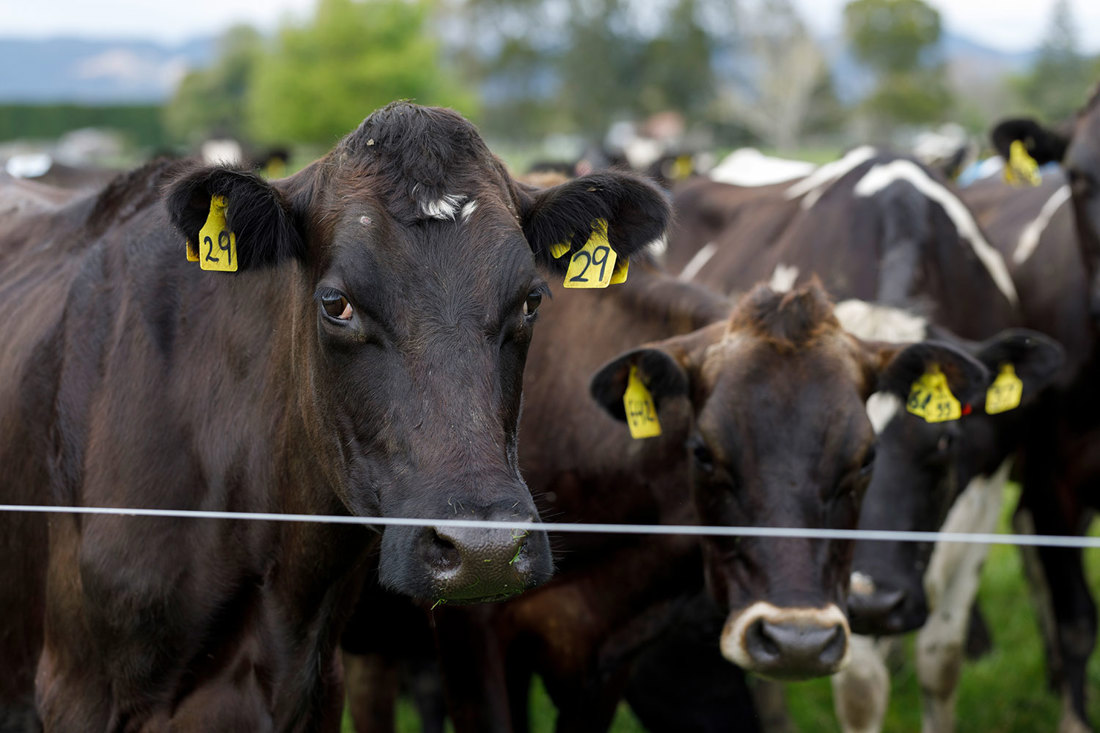
Mycoplasma bovis (M. bovis) has had a huge impact on our sector since the first case was discovered in New Zealand in 2017. We’ve worked with the Ministry for Primary Industries (MPI) and Beef + Lamb New Zealand on further direction for the M. bovis programme, which has now transitioned to OSPRI and is moving towards a surveillance phase. As a result of eradication progress, the Biosecurity Response Levy reduced from 2.4 cents per kilogram of milksolids to 0.8 cents per kilogram of milksolids from 1 July 2024.
In partnership with AgResearch and Fonterra, DairyNZ has been researching ways to identify when heat stress in dairy cows might occur. This research began in 2010 recognising the need for a refreshed New Zealand thermal heat load index suitable for grazing cattle. Published in 2022 the research considers air temperature, solar radiation, and wind speed. It will continue to examine sensory data collected from collars and rumen bolus to understand a cow’s heat stress response. The results will be used to develop tools and technologies to monitor and inform when cows are likely to experience heat stress.
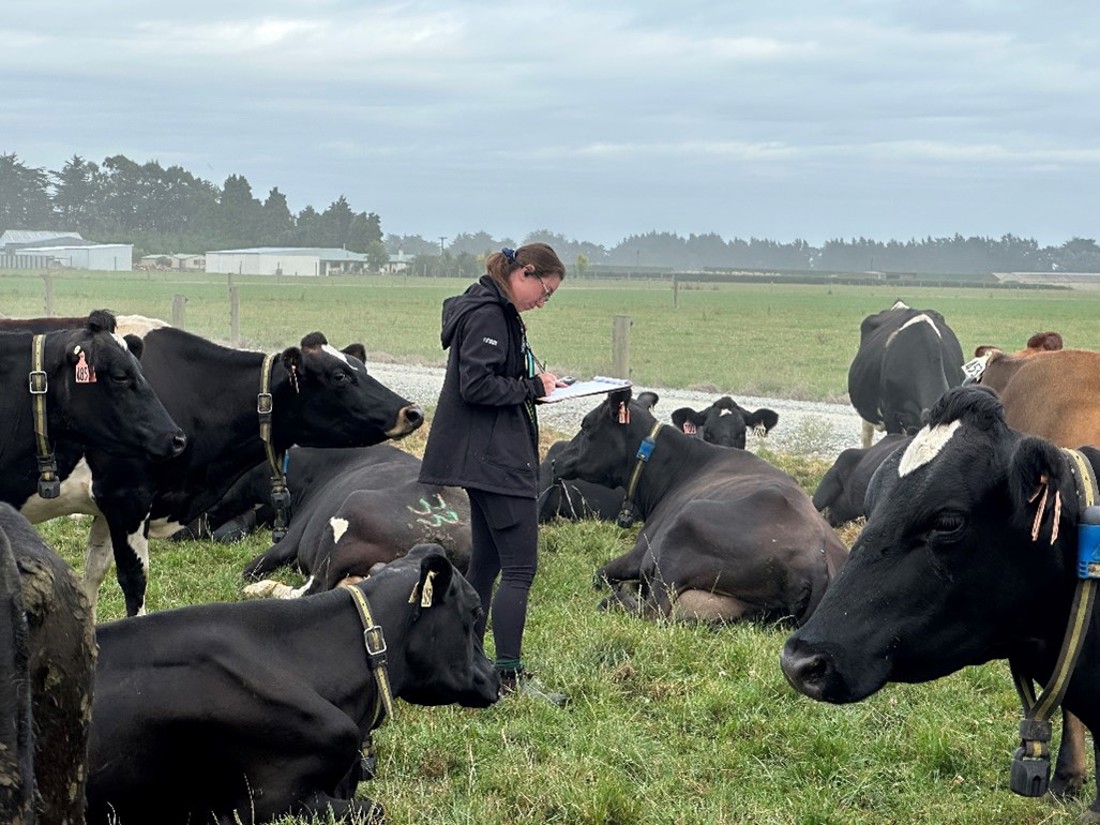
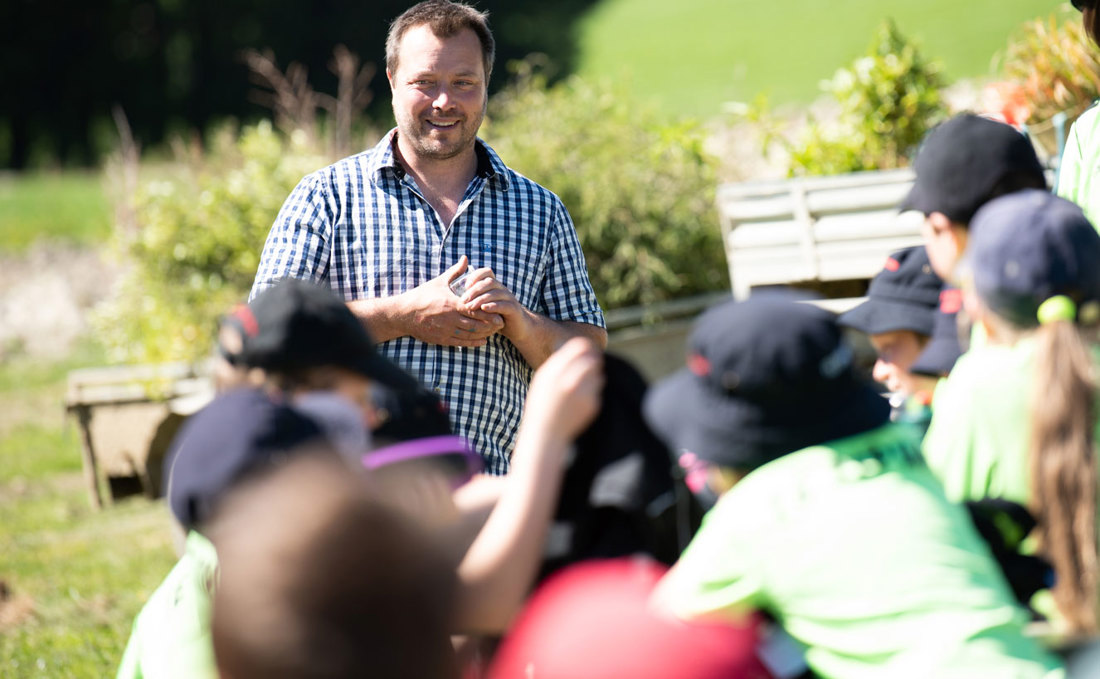
DairyNZ helped improve children’s understanding of dairy farming through a range of education initiatives, including Rosie the Cow, farm visits and DairyNZ Schools programme.
This work saw more than 21,000 children visit a dairy farm, while over 70,000 students and teachers used a DairyNZ education kit, covering topics such as climate change, water quality and soil health.
Now’s the perfect time to check in, plan, and set up for a strong season. We’ve pulled together smart tips and tools to help you stay ahead all winter long.
Whether you prefer to read, listen, or download handy guides, we’ve got you covered with trusted tools to support your journey every step of the way.
Put our proven strategies and seasonal tools to work. Boost production, support animal health and watch your profits hum.
Tools that are backed by science, shaped by farmers and made for this season.
That’s Summer Smarts.